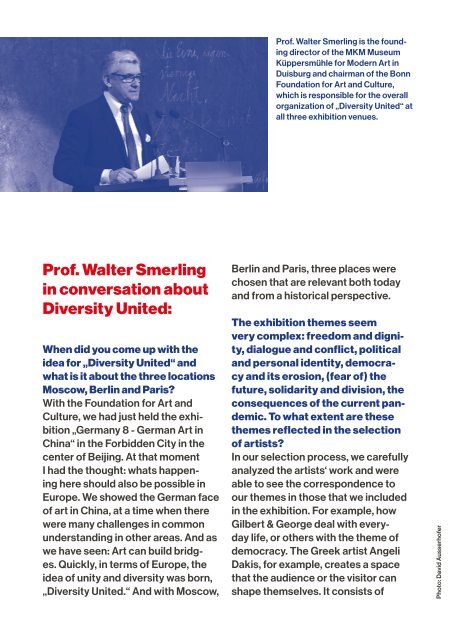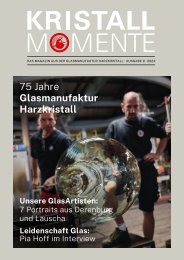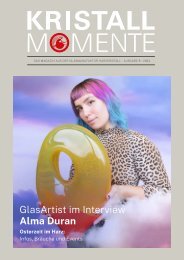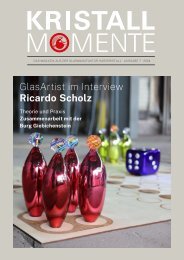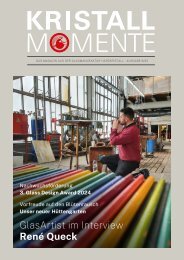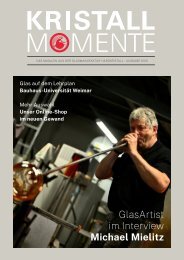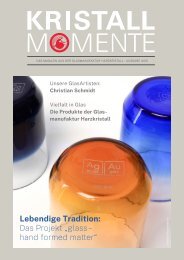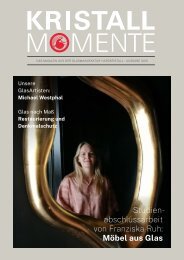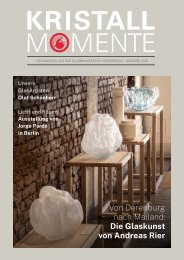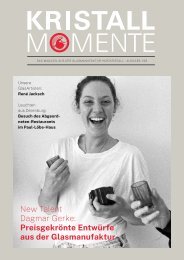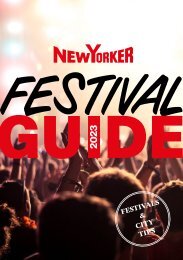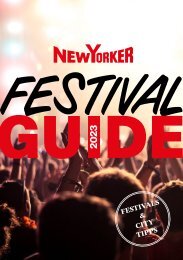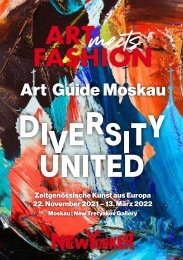NEW YORKER / Diversity United - Art Guide Moscow 22.11.21 – 13.03.22
Diversity United is an artistic atmospheric image of contemporary Europe. The international exhibition brings together painting, sculpture, video and new media, photography, installation, drawing and object art by around 90 artists from 34 countries, representing different generations, genders and regions. Their works represent the enormous diversity and vitality of Europe‘s contemporary art scene, from Portugal to Russia, from Norway to Turkey. The exhibition sheds light on themes such as freedom and democracy, migration and territory, political and personal identity, utopias and fears, which also revolve around the current pandemic.
Diversity United is an artistic atmospheric image of contemporary Europe. The international exhibition brings together painting, sculpture, video and new media, photography, installation, drawing and object art by around 90 artists from 34 countries, representing different generations, genders and regions. Their works represent the enormous diversity and vitality of Europe‘s contemporary art scene, from Portugal to Russia, from Norway to Turkey. The exhibition sheds light on themes such as freedom and democracy, migration and territory, political and personal identity, utopias and fears, which also revolve around the current pandemic.
You also want an ePaper? Increase the reach of your titles
YUMPU automatically turns print PDFs into web optimized ePapers that Google loves.
Prof. Walter Smerling is the founding<br />
director of the MKM Museum<br />
Küppersmühle for Modern <strong>Art</strong> in<br />
Duisburg and chairman of the Bonn<br />
Foundation for <strong>Art</strong> and Culture,<br />
which is responsible for the overall<br />
organization of „<strong>Diversity</strong> <strong>United</strong>“ at<br />
all three exhibition venues.<br />
large blocks that look like stone<br />
blocks, but made of plastic. They can<br />
be used to build an amphitheater, for<br />
example. And questions arise: How<br />
does democracy work? Is it the best<br />
form of government we have? What<br />
is the current situation in Europe with<br />
its particular interests? Is there more<br />
egomania now than before? How do<br />
we deal with digitalization? Some<br />
artists create works that the public<br />
can find digitally on the wall. Or the<br />
juxtaposition of analog and digital<br />
now, during the crisis, the question of<br />
the value of art and culture in society<br />
is becoming increasingly important.<br />
Is art systemically relevant?<br />
For me, art and culture are very relevant<br />
elements of our lives. <strong>Art</strong> mirrors<br />
us. We have to be attentive and<br />
engaged with it. A healthy body also<br />
needs a healthy mind. Many things,<br />
such as the fashion industry, for example,<br />
would not have developed as<br />
they have without artistic influence.<br />
<strong>Art</strong> is essential for our everyday life.<br />
Prof. Walter Smerling<br />
in conversation about<br />
<strong>Diversity</strong> <strong>United</strong>:<br />
When did you come up with the<br />
idea for „<strong>Diversity</strong> <strong>United</strong>“ and<br />
what is it about the three locations<br />
<strong>Moscow</strong>, Berlin and Paris?<br />
With the Foundation for <strong>Art</strong> and<br />
Culture, we had just held the exhibition<br />
„Germany 8 - German <strong>Art</strong> in<br />
China“ in the Forbidden City in the<br />
center of Beijing. At that moment<br />
I had the thought: whats happening<br />
here should also be possible in<br />
Europe. We showed the German face<br />
of art in China, at a time when there<br />
were many challenges in common<br />
understanding in other areas. And as<br />
we have seen: <strong>Art</strong> can build bridges.<br />
Quickly, in terms of Europe, the<br />
idea of unity and diversity was born,<br />
„<strong>Diversity</strong> <strong>United</strong>.“ And with <strong>Moscow</strong>,<br />
Berlin and Paris, three places were<br />
chosen that are relevant both today<br />
and from a historical perspective.<br />
The exhibition themes seem<br />
very complex: freedom and dignity,<br />
dialogue and conflict, political<br />
and personal identity, democracy<br />
and its erosion, (fear of) the<br />
future, solidarity and division, the<br />
consequences of the current pandemic.<br />
To what extent are these<br />
themes reflected in the selection<br />
of artists?<br />
In our selection process, we carefully<br />
analyzed the artists‘ work and were<br />
able to see the correspondence to<br />
our themes in those that we included<br />
in the exhibition. For example, how<br />
Gilbert & George deal with everyday<br />
life, or others with the theme of<br />
democracy. The Greek artist Angeli<br />
Dakis, for example, creates a space<br />
that the audience or the visitor can<br />
shape themselves. It consists of<br />
Photo: David Ausserhofer<br />
photography. The digital world also<br />
creates many fears and communication<br />
problems, and the issues of our<br />
society are reflected in art, whether<br />
in Western, Eastern, Northern, Central<br />
or Southern Europe.<br />
How do you explain what art is to<br />
those who are not part of the typical<br />
audience?<br />
<strong>Art</strong> is a form of expression that<br />
brings together intellect and emotion,<br />
it creates something that grabs<br />
you. Everyone carries creativity within<br />
them. A good example to explain<br />
art is the Mona Lisa‘s smile. Why?<br />
Because you will never know if it expresses<br />
laughter or irony. Especially<br />
What comes to mind instantly<br />
when thinking about fashion and<br />
art?<br />
There is a close relationship. As early<br />
as the 1970s, fashion designer Yves<br />
Saint Laurent was inspired by art<br />
for his designs, specifically by Piet<br />
Mondrian and his constructive color<br />
elements with black strokes to colored<br />
squares. Before a structure is<br />
created, the drawing usually comes<br />
first. This is where artists and fashion<br />
designers have a lot in common in<br />
creating a piece of art or a dress. The<br />
most direct path from the head to the<br />
paper is via the arm.


